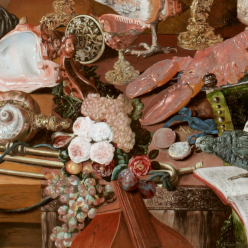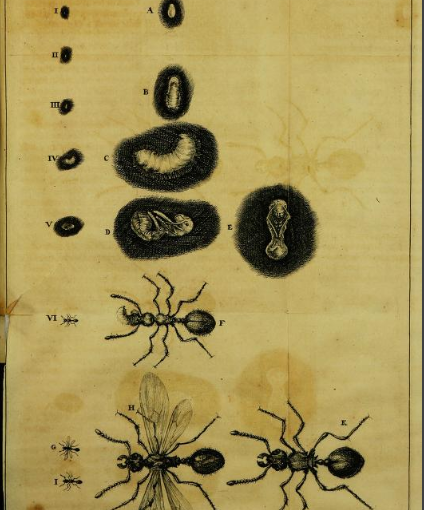
Print, Paper
National Library of Brazil
Millient, Franc D. “General Map of the City of Lisbon.” 1785. World Digital Library. National Library of Brazil. https://www.wdl.org/en/item/926/view/1/1/
This map of Lisbon, created thirty years after the massively disastrous earthquake of 1755 by Franc D. Milient, depicts many of the changes made to Lisbon in the wake of the disaster. Very little is known about Franc D. Milient, aside from his status as a cartographer, but his representation of Lisbon after the completed rebuilding of the Baixa is a priceless diagram illustrating the manner in which the Baixa was rebuilt in the Enlightenment spirit.
The most obvious indication of the new spirit in which the Baixa rose is the grid structure which arranges the buildings into recognizable and extremely regular blocks, reminiscent of a city like Chicago or New York City. This plan, proposed by Eugenio dos Santos, a military engineer under Sebastião José de Carvalho e Melo, the Marqes de Pombal and secretary of state, featured a regular grid meant to evoke the Enlightenment values of symmetry and order. The plan also accounted for the need for practical elements such as easy navigation to and from important locations like the Mint or the trading houses and the safety of those who would live and work there in the future.
Carvalho was the consummate Enlightenment leader. He wanted to use the newest discoveries to create the ideal city center where reason could shine over the rest of the city and Portugal, so he not only consulted his military engineers but asked that a survey be spread throughout the survivors inquiring into their particular experiences and the events of the quake. The survey was the first of its kind, and although modifications have been made as seismology advances, the same basic structure and questions are still used in modern seismology. The answers were used to inform the new design of the Baixa with the intent to make safer the elements that were particularly troublesome during the 1755 earthquake. For example, the grid design, while symbolic of more intangible Enlightenment ideas, was also chosen for its considerations towards safety. The easily navigable streets make it easier to find a way around any street blockages, and the wider streets make it harder to block them in the first place while also preventing secondary damage from buildings falling onto each other across the street.
The architecture of individual buildings was also carefully informed by the new, Enlightenment science along with the survey results. While many changes to the architecture were made, the most important new addition was the gaiola pombalina, a wooden framework of beams in a spoke or cross-like arrangement embedded within the masonry walls of each building. These structures were meant to flex with seismic waves in a way that stone alone would not, and according to modern seismologists it does exactly this, redistributing horizontal seismic forces strikingly well.



